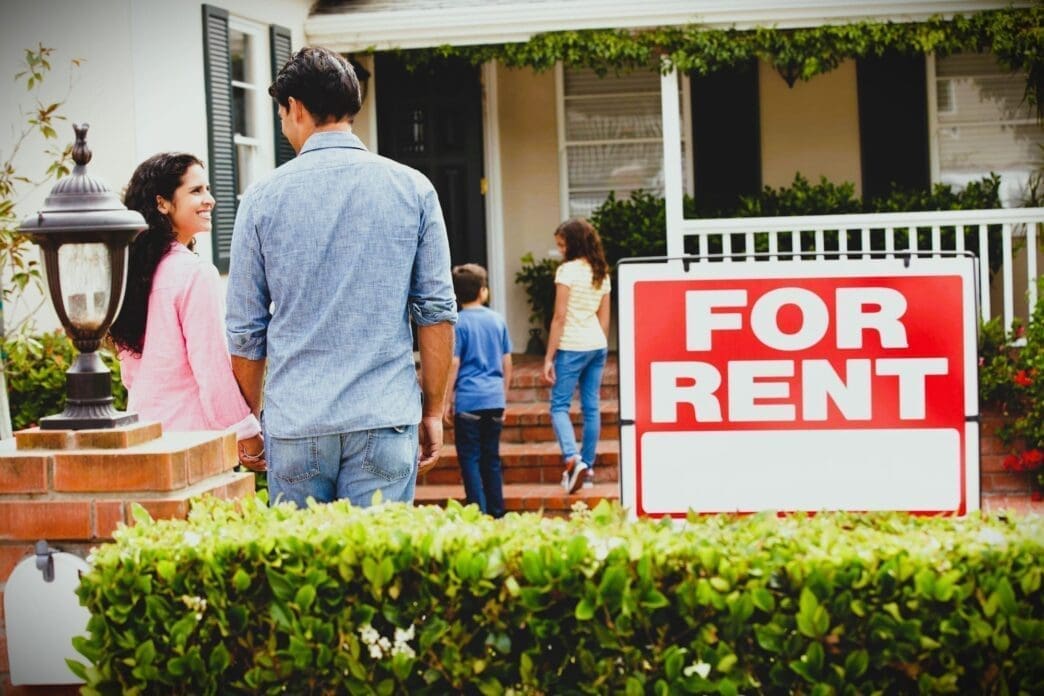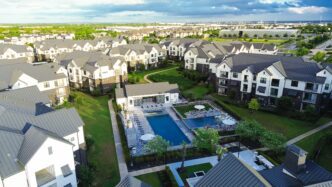The landscape of single-family rentals is changing, with better pet accommodations now prioritized over space for growing families. A recent survey by Point2 highlights shifting preferences among renters, underscoring the importance of understanding these needs for property managers and developers.
Single-family home renters have become influential in the current residential market, charting new directions post-pandemic. Distinct from apartment residents, these renters lean towards features associated with traditional homeownership such as privacy, space, and a yard. A shift noted by the Point2 survey is the rising priority of pet accommodations over provisions for expanding family needs. This adjustment is a response to escalating home prices, mortgage rates, and limited housing availability that steer potential buyers towards renting instead of owning.
The demand for single-family rentals is evident in the numbers. According to IPUMS Census data, the number of single-family renter households increased from 14 million in 2020 to over 14.2 million. At the same time, the build-to-rent sector is booming, with 2024 set to surpass previous records as 45,400 single-family rentals are currently under development.
Privacy and space are dominant factors when choosing a house rental over an apartment. Renters also frequently cite the house size as pivotal in their decisions. Within the surveyed group of 1,509 participants, 1,020 were already renting and emphasized these priorities along with a keen interest in pet accommodations, reflecting a broader trend where pets deeply influence rental choices.
Although many renters express satisfaction with their current accommodations, there is an evident desire to buy a home eventually. Nearly 52% of participants conveyed an interest in purchasing a house while approximately 19% preferred to continue renting, valuing the flexibility and reduced responsibility it offers. This duality points to a balanced view where people appreciate renting’s convenience but remain drawn to the long-term benefits of homeownership.
When considering modifications or upgrades, renters value kitchen enhancements highly, followed by additional storage space and improved energy efficiency. Interestingly, while many participants dream of luxury features like sunrooms or roof decks, their actual living conditions often align with these desires, as most live in detached homes with three bedrooms and two bathrooms—a layout that correlates with their ideal home setting.
Practicality prevails among renters who prioritize included utilities over additions like swimming pools, viewing them as a justified rent increase. Essential utilities such as heating and air conditioning are non-negotiables for 68% of respondents, underscoring a preference for comfort and financial predictability in their rentals.
A significant determinant in renting decisions is the accommodation of pets. More survey participants prioritize this over space for a growing family. Pet-friendly policies are crucial, affecting not only the choice of rental but also the acceptability of potential rent increases, with 6% of respondents willing to pay more for pet accommodations.
For Generation Z renters, sustainability and unique personal spaces like yoga studios catch their attention. Privacy and space again emerge as key factors, though this group uniquely values eco-friendly practices in their living environments. This generational insight provides an opportunity for property owners to cater to diverse preferences efficiently.
The research highlights that understanding renters’ needs, from practical utilities to unique lifestyle accommodations, is crucial in reshaping the rental market. As more individuals turn to renting over buying due to economic constraints, this evolving demand presents opportunities for innovation in rental offerings.
As the demand for single-family rentals continues to grow, prioritizing renters’ evolving needs becomes essential. By focusing on features like pet accommodations, privacy, and sustainability, the market can better align with renters’ preferences, helping redefine modern renting experiences.








